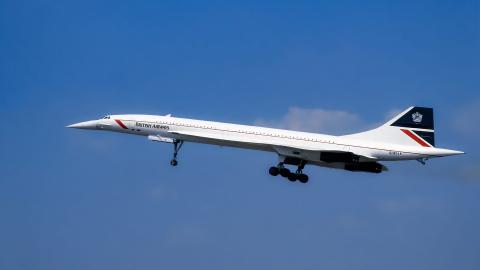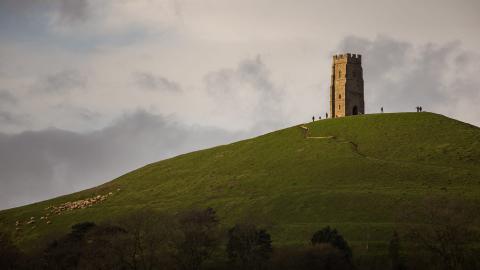It was Hitler's belief that the war from the air would terrorise London into defeat. He was wrong. The city's inhabitants, on the contrary, took a perverse and particular pleasure from being the front line of the war. 'We can take it' became the catchphrase of the Blitz.
Jon E Lewis, London: The Autobiography
Every so often, London's landscape becomes drastically transformed – and it's not always of Londoners' choosing. Just like the Great Fire nearly 300 years before, the Blitz during World War II totally decimated parts of the capital. This time, however, it was no accident.
By September 1940, London had already experienced German bombing. But the Blitz started in earnest on the afternoon of 7 September when the German Luftwaffe filled the skies in the first major daytime raid on London. Nearly 350 German bombers (escorted by over 600 fighters) dropped explosives on East London, targeting the docks in particular. Around 450 people died and 1,300 were seriously injured.
The night-time raids that followed were just as terrible and deadly. Night after night, for nearly two months, the bombers returned. The Strand, the West End and Piccadilly were attacked. St Thomas's Hospital, St Paul's Cathedral, Buckingham Palace, Lambeth Palace and the House of Commons were all hit. Between September and November, almost 30,000 bombs were dropped on London. In the first 30 days, almost 6,000 people were killed and twice as many badly injured.
The most notorious raid took place on Sunday 29 December. The focus this time was the City of London. The area from Aldersgate to Cannon Street and Cheapside to Moorgate went up in flames. Nineteen churches, including 16 built by Christopher Wren after the Great Fire of London, were destroyed. Miraculously, however, St Paul's survived. Of the 34 guild halls, 31 were decimated. And when Paternoster Row, centre of London's publishing industry, was destroyed, around 5 million books were lost.
In the end, around one third of the City was laid to waste. However, many of the main businesses streets, such as Cornhill and Lombard Street, suffered little damage and the Bank of England and the Stock Market were not hit.
The air raids continued sporadically, with major raids on 16 and 19 April 1941. More than 1,000 people were killed on each night in various areas across the capital. Finally, on 10 May, bombs fell on Kingsway, Smithfield, Westminster and across the City, killing almost 3,000 and hitting the Law Courts, the Tower of London, Westminster Abbey, many of London's museums and the House of Commons. The Blitz only ended in May 1941 when the German Luftwaffe were redeployed to take part in the invasion of Russia.
Within the ruins there were some amazing discoveries. These included a Roman wall at Cripplegate, Roman relics at Austin Friars, an underground chamber below St Mary le Bow, a Gothic doorway at St Vedast's and a seventh century arch at All Hallows Church. Nevertheless, the devastation caused by the Blitz was phenomenal and long-lasting. In Stepney, for example, 40% of the housing was destroyed.
It took years for some bombsites to be filled in with new buildings, before which they were reclaimed by plants, wildlife and children. In the end, though, London was rebuilt from the ashes, just as it had been after the Great Fire.
Did you know?
The 'Blitz' is short for blitzkrieg, which means lightning war.
















